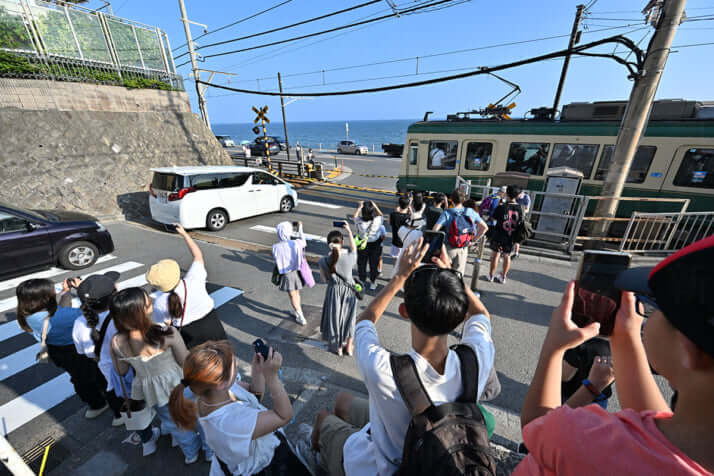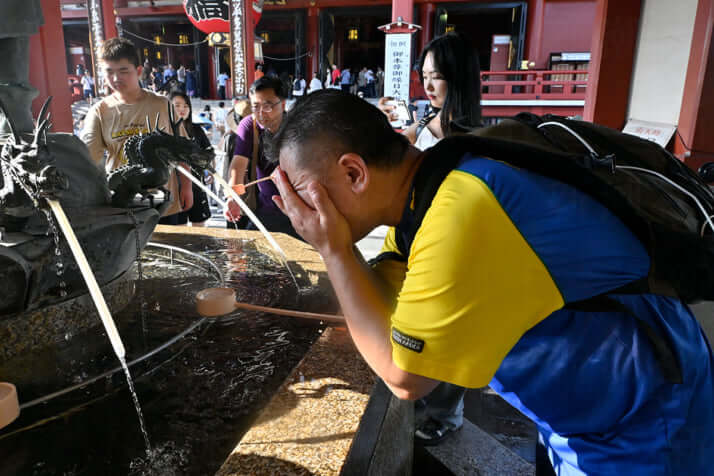

The number of cases may surpass those before Corona.
On August 10, the Chinese government, which had placed travel restrictions on group travel due to the Corona disaster, suddenly allowed travel to Japan, Europe, and the United States. However, when we covered tourist destinations in Japan, we found that ear-splitting problems caused by Chinese tourists were already occurring frequently. Furthermore, there are concerns that syphilis, which is on the rise in Japan, will spread further. ……
The number of foreign visitors to Japan in July this year was just over 2.32 million. If Chinese group visitors are added to that number, it is quite possible that the number will surpass the pre-corona number.
At its peak before the Corona disaster, more than 1 million Chinese tourists visited Japan each month, accounting for more than 30% of all foreign visitors to Japan. Therefore, the amount of domestic consumption symbolized by the “buying spree” was also outstanding.
Chinese bathing in the precincts of the temple,” a sight to behold.
Nevertheless, it is clear that Japan has no room to accommodate the Chinese people’s ardent desire to travel. In fact, there has already been a string of problems caused by Chinese tourists visiting Japan on their own.
I was surprised to see Chinese people bathing in the precincts of the temple, even though it has been extremely hot every day,” said one Chinese tourist who visited Tokyo during the Obon season.
said a Japanese tourist who visited Asakusa, Tokyo, during the Obon season.
When you enter the Senso-ji temple grounds from the Nakamise, there is a water basin where you cleanse your hands with water scooped from a ladle. A Chinese man was washing his face and sweating his hands out. He shamelessly filled a plastic bottle with water and disappeared into the Nakamise without praying.
Near Asakusa is the Kappabashi Tool Street, which is lined with stores specializing in cooking utensils and boasts the largest selection in Japan.
Chinese people sometimes generously buy kitchen knives that cost several tens of thousands of yen each, which I appreciate,” said one long-established cookware shop owner.
I appreciate it,” said a man who runs a long-established cookware store.
It’s been a while since we’ve had a group of middle-aged and older customers who speak Chinese. We are a small store, so we don’t rent out restrooms, but they insisted, so I said yes. I thought they might buy something, but none of them dropped any money and left the store, which made me very angry. The Chinese are much worse with group customers than with individual customers or families.
Of additional concern is the spread of syphilis, a sexually transmitted disease that is on the rise in Japan. According to a medical journalist, “In Japan, syphilis is a common disease, especially among young women,
In the first half of this year alone, there were 7,448 cases of syphilis, more than last year. Tourists from China are threatening to accelerate this pace. In fact, the number of syphilis cases in China exceeds 480,000, more than four times the number in Japan, even taking the population ratio into account. Kabukicho is very popular among the Chinese, and some establishments accept them as paying customers, so I am concerned about the future of Kabukicho.
The August 23 issue of “Shukan Shincho” reports in detail on the problem of unruly behavior by Chinese tourists all over Japan. The article is based on a report by the “Shukan Shincho” magazine, published on August 23.







